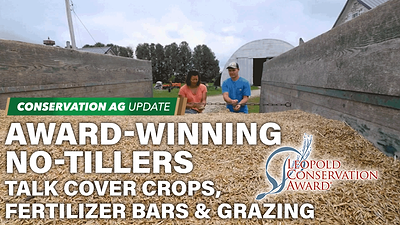A study by China Agricultural University’s Department of Grassland Science and the Edisto Research & Education Center in Blackville, S.C., found that strip-till is the preferred environment for growing corn in the dryland, rain-fed regions in the southeastern Corn Belt.
The study for years 2007-2009 also found:
• Tillage and nitrogen fertilization should be further optimized in dryland corn production
• Increasing the nitrogen rate generally increased corn grain yield
• Conventional tillage and strip-till generally produced greater yields than no-till
• Strip-till was more stable for corn production under variable growing environments compared to conventional tillage and strip-till
Tillage system and N fertilization management are important factors in corn production. Optimizing these factors can help improve corn production in southeastern Corn Belt under rain-fed environment.
A 3-year study was conducted to determine the effects of three tillage systems — conventional tillage, strip-till and no-till — and five nitrogen application rates: 0, 45, 90, 135 and 180 kg of nitrogen per hectare on corn plant characteristics at R1 growth stage (the first reproductive stage, silk stage) and grain yield in dryland rain fed environment.
Tillage systems had no significant effect on plant height, NO3–N concentration in plant, and relative chlorophyll content (SPAD) at R1 growth stage, but conventional tillage and strip-till increased normalized difference vegetation index (NDVI) and leaf area index (LAI) at R1 stage compared with no-till.
Increasing the nitrogen rate generally increased plant height, SPAD, NDVI, LAI at R1 growth stage and corn grain yield. SPAD and NDVI values did not increase with nitrogen rates above 90 kg ha1. The rates above 45, 90, and 90 kg N ha−1 didn’t significantly increase grain yield under conventional tillage, strip-till or no-till.
There was was no statistical difference between conventional and strip-till systems for grain yields, and those two systems generally produced greater yields than no-till.
Water availability at corn early reproductive stages significantly influenced corn grain yield. Relatively higher precipitation at corn reproductive stages in 2007 contributed to greater corn grain yields compared with 2008 and 2009 under all these three tillage systems (151 mm, 44 mm, and 54 mm in June, respectively).
In 2 years out of this 3-year study, strip-till contributed to generally higher yields compared to other systems; therefore, it would be a preferable tillage system for planting corn in this area.





